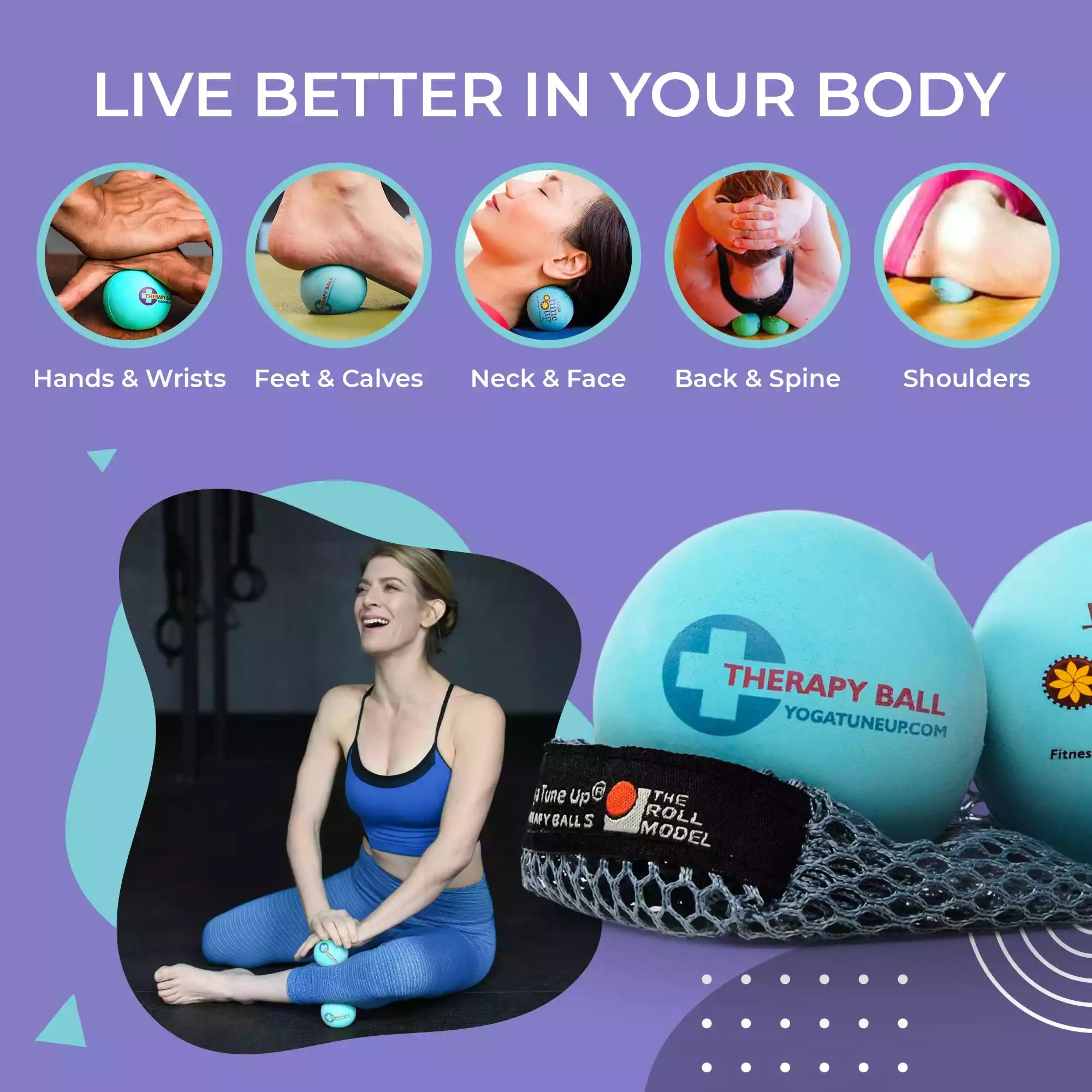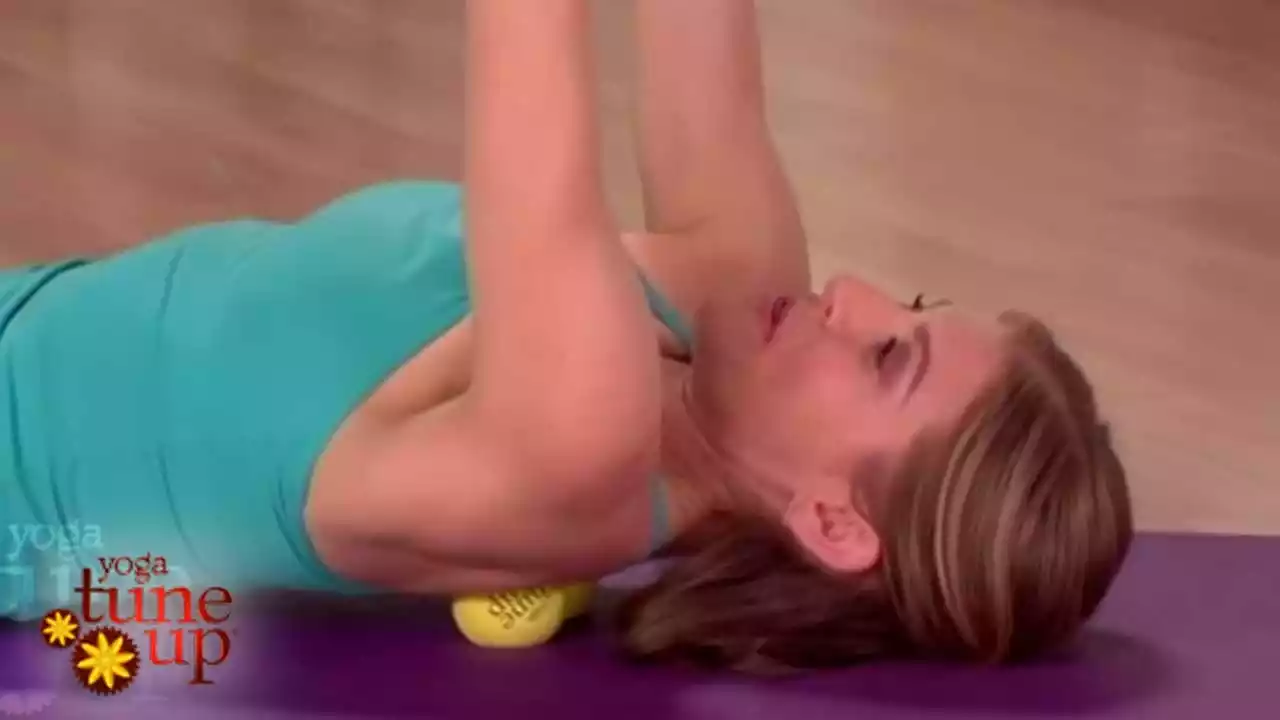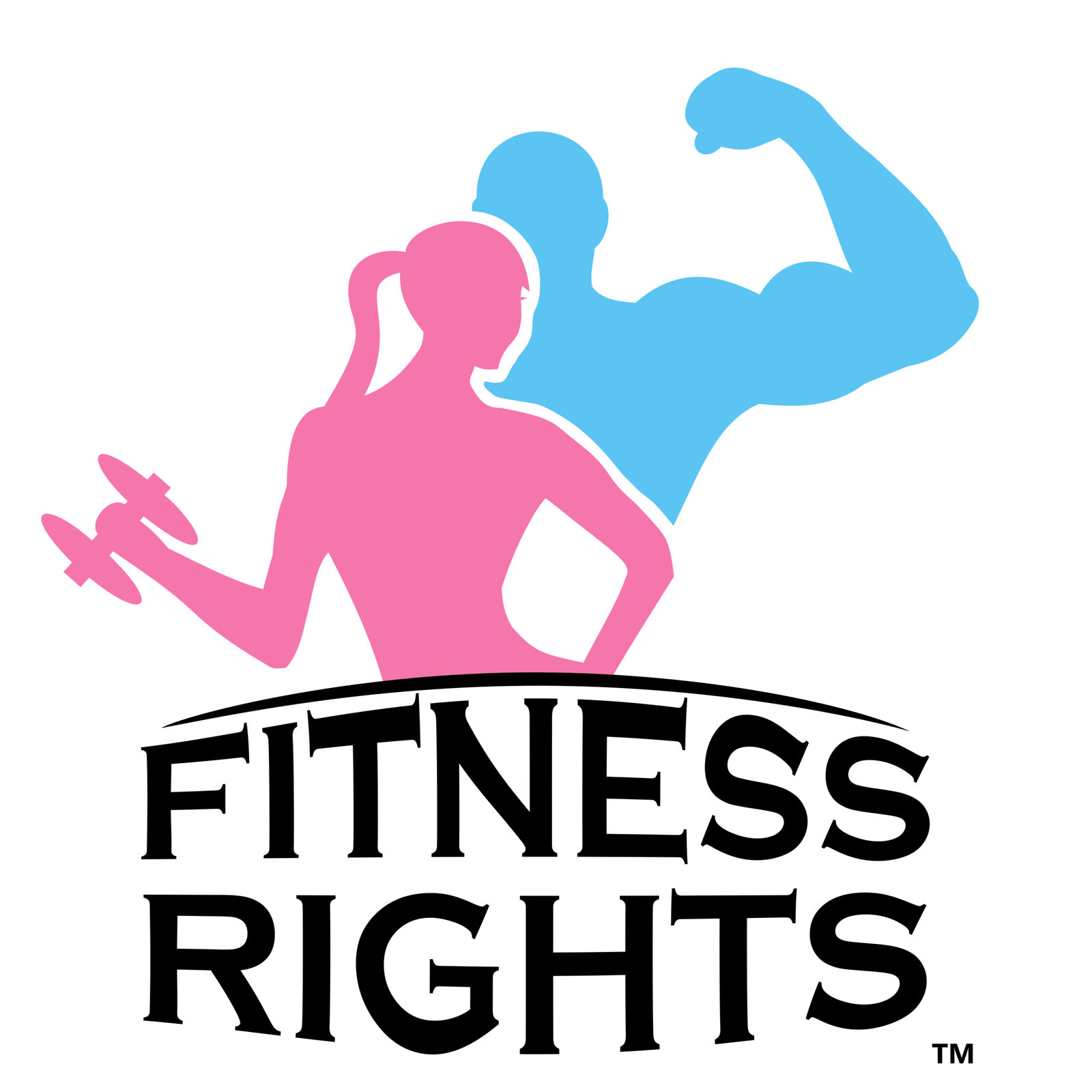Yoga Tune Up Balls have revolutionized the way people approach self-care and physical therapy. These small, portable tools are designed to target specific muscle groups, providing relief from tension and pain. Their popularity has surged due to their effectiveness and ease of use. Let’s delve into the myriad benefits they offer.
Table of Contents
TogglePhysical Benefits
Yoga Tune Up Balls are renowned for their ability to alleviate physical discomfort. They work by applying pressure to tight muscles, which helps to release knots and improve blood circulation. This process, known as myofascial release, can significantly reduce pain and enhance flexibility.
• Pain Relief: Regular use of Yoga Tune Up Balls can help alleviate chronic pain conditions such as sciatica, plantar fasciitis, and lower back pain. The pressure applied by the balls helps to break down adhesions in the muscle tissue, providing relief from discomfort.
• Improved Flexibility: By targeting tight muscles and fascia, these balls can enhance your range of motion. This is particularly beneficial for athletes and individuals who engage in regular physical activity.
• Enhanced Blood Circulation: The pressure applied during myofascial release helps to improve blood flow to the targeted areas. This increased circulation can aid in the healing process and reduce inflammation.
• Posture Correction: Regular use of Yoga Tune Up Balls can help correct poor posture by releasing tension in the muscles that contribute to misalignment. This can lead to a more balanced and aligned body.
Mental and Emotional Benefits
Beyond the physical advantages, Yoga Tune Up Balls also offer significant mental and emotional benefits. The practice of self-massage can be incredibly soothing and grounding, providing a sense of relaxation and well-being.
• Stress Reduction: The act of self-massage can trigger the release of endorphins, the body’s natural feel-good hormones. This can help to reduce stress and promote a sense of calm.
• Mind-Body Connection: Using Yoga Tune Up Balls requires mindfulness and attention to the body’s sensations. This can enhance the mind-body connection, promoting greater awareness and presence.
• Emotional Release: Tension and stress are often stored in the body’s muscles. By releasing these physical knots, you may also experience an emotional release, leading to a greater sense of emotional balance and well-being.
How to Use Yoga Tune Up Balls
Using Yoga Tune Up Balls effectively requires a bit of knowledge and practice. Here are some tips to get you started:
1. Identify the Target Area: Determine which muscle group you want to target. Common areas include the shoulders, back, hips, and feet.
2. Apply Pressure: Place the ball on the targeted area and apply gentle pressure. You can do this by lying on the ball, pressing it against a wall, or using your hands.
3. Roll and Hold: Slowly roll the ball over the muscle, pausing on any tight spots. Hold the pressure for 20-30 seconds to allow the muscle to release.
4. Breathe Deeply: Deep breathing can enhance the effectiveness of the massage. Inhale deeply and exhale slowly as you apply pressure.
5. Repeat Regularly: Consistency is key. Incorporate Yoga Tune Up Balls into your routine several times a week for the best results.
For a more detailed guide on how to use Yoga Tune Up Balls effectively, check out this blog post.
Techniques for Different Body Parts
Different body parts require different techniques when using Yoga Tune Up Balls. Here are some specific methods for the upper and lower body.
Upper Body Techniques

The upper body, including the shoulders, neck, and upper back, often holds a lot of tension. Here are some techniques to target these areas:
• Shoulder Release: Place the ball between your shoulder blade and the wall. Lean into the ball and slowly move your body up and down to massage the area. This can help release tension and improve shoulder mobility.
• Neck Massage: Lie on your back and place the ball under your neck. Gently move your head from side to side, allowing the ball to massage the muscles. This can help alleviate neck pain and stiffness.
• Upper Back Roll: Lie on your back with the ball placed between your shoulder blades. Lift your hips off the ground and slowly roll the ball up and down your upper back. This can help release tightness and improve posture.
Lower Body Techniques
The lower body, including the hips, thighs, and feet, can also benefit from targeted massage with Yoga Tune Up Balls. Here are some techniques to try:
• Hip Flexor Stretch: Lie on your stomach and place the ball under your hip flexor. Gently move your body back and forth to massage the area. This can help release tightness and improve hip mobility.
• IT Band Release: Lie on your side with the ball placed under your outer thigh. Slowly roll the ball up and down your IT band, pausing on any tight spots. This can help alleviate pain and improve flexibility.
• Foot Arch Roll: Sit in a chair and place the ball under your foot. Roll the ball back and forth along the arch of your foot. This can help relieve tension and improve foot health.
Choosing the Right Yoga Tune Up Balls
Selecting the appropriate Yoga Tune Up Balls is essential for maximizing their benefits. Here are some factors to consider:
Material and Texture

The material and texture of the balls can significantly impact their effectiveness. Here are some options to consider:
• Rubber: Rubber balls are durable and provide a good amount of grip. They are ideal for targeting larger muscle groups and applying deeper pressure.
• Foam: Foam balls are softer and more forgiving. They are suitable for beginners and individuals with sensitive muscles.
• Textured: Some Yoga Tune Up Balls have a textured surface, which can enhance the massage experience by providing additional stimulation to the muscles.
Size and Firmness
The size and firmness of the balls can also affect their performance. Here are some guidelines to help you choose the right ones:
• Small Balls: Small balls are ideal for targeting specific areas and applying precise pressure. They are great for massaging the feet, hands, and neck.
• Large Balls: Large balls are better suited for larger muscle groups, such as the back and hips. They provide broader pressure and can cover more surface area.
• Firm Balls: Firm balls offer deeper pressure and are suitable for individuals with dense muscle tissue. They are ideal for breaking down stubborn knots and adhesions.
• Soft Balls: Soft balls provide gentler pressure and are suitable for beginners and individuals with sensitive muscles. They are great for relaxation and stress relief.
Incorporating Yoga Tune Up Balls into Your Routine
Integrating Yoga Tune Up Balls into your daily routine can enhance your overall well-being. Here are some tips to help you get started:
Daily Practice Tips
Consistency is key when it comes to reaping the benefits of Yoga Tune Up Balls. Here are some tips for incorporating them into your daily routine:
• Set Aside Time: Dedicate a specific time each day for your self-massage practice. This could be in the morning, during a lunch break, or before bed.
• Start Slow: Begin with short sessions and gradually increase the duration as your body becomes accustomed to the pressure.
• Listen to Your Body: Pay attention to how your body responds to the massage. If you experience any pain or discomfort, adjust the pressure or technique accordingly.
• Combine with Stretching: Incorporate stretching exercises into your routine to enhance the benefits of the massage. Stretching can help improve flexibility and prevent muscle tightness.
Combining with Other Exercises
Yoga Tune Up Balls can be used in conjunction with other exercises to enhance their effectiveness. Here are some ideas:
• Yoga: Use the balls during your yoga practice to target specific muscle groups and enhance your stretches. For example, place the balls under your back during a bridge pose to release tension in the spine.
• Strength Training: Incorporate the balls into your strength training routine to improve muscle recovery and prevent injury. For example, use the balls to massage your muscles after a weightlifting session.
• Cardio: Use the balls before or after a cardio workout to warm up or cool down your muscles. This can help improve circulation and prevent muscle soreness.
Advanced Yoga Tune Up Ball Exercises
Once you have mastered the basics, you can explore more advanced techniques with Yoga Tune Up Balls. Here are some exercises to try:
Deep Tissue Techniques
Deep tissue techniques involve applying more pressure to target deeper layers of muscle tissue. Here are some exercises to try:
• Psoas Release: Lie on your stomach and place the ball under your psoas muscle, located in the lower abdomen. Apply gentle pressure and hold for 20-30 seconds. This can help release tension in the lower back and hips.
• Quadriceps Massage: Lie on your stomach and place the ball under your quadriceps muscle. Slowly roll the ball up and down your thigh, pausing on any tight spots. This can help release tension and improve flexibility.
• Glute Release: Sit on the ball and place it under your glute muscle. Apply gentle pressure and move your body in small circles to massage the area. This can help release tension and improve hip mobility.
Dynamic Movement Exercises
Dynamic movement exercises involve incorporating movement into your self-massage practice. Here are some exercises to try:
• Rolling Plank: Start in a plank position with the ball under your chest. Slowly roll the ball down your body, from your chest to your hips. This can help release tension in the upper body and improve core strength.
• Lunge with Ball: Start in a lunge position with the ball under your front foot. Slowly roll the ball back and forth along the arch of your foot. This can help improve balance and flexibility.
• Bridge with Ball: Lie on your back with the ball under your lower back. Lift your hips off the ground and slowly roll the ball up and down your spine. This can help release tension and improve posture.
Relevant Data Table For The Yoga Tune Up Balls Exercises:
| Exercise Name | Target Area | Difficulty Level | Duration | Equipment Needed |
|---|---|---|---|---|
| Shoulder Release | Shoulders | Beginner | 5 mins | Yoga Tune Up Ball |
| Lower Back Massage | Lower Back | Intermediate | 10 mins | Yoga Tune Up Ball |
| Hip Flexor Stretch | Hips | Advanced | 8 mins | Yoga Tune Up Ball |
| Foot Arch Roll | Feet | Beginner | 5 mins | Yoga Tune Up Ball |
| IT Band Release | Outer Thigh | Intermediate | 7 mins | Yoga Tune Up Ball |
FAQs:
What are Yoga Tune Up Balls made of?
Yoga Tune Up Balls are typically made from durable rubber or foam. The material used can affect the firmness and texture of the balls, which in turn can impact their effectiveness. Rubber balls are generally firmer and provide a deeper massage, making them ideal for targeting larger muscle groups and breaking down stubborn knots. Foam balls, on the other hand, are softer and more forgiving, making them suitable for beginners and individuals with sensitive muscles. Some Yoga Tune Up Balls also feature a textured surface, which can enhance the massage experience by providing additional stimulation to the muscles.
How often should I use Yoga Tune Up Balls?
The frequency of use can vary depending on your individual needs and goals. For general maintenance and relaxation, using Yoga Tune Up Balls a few times a week can be sufficient. However, if you are dealing with chronic pain or muscle tightness, you may benefit from more frequent use. It’s important to listen to your body and adjust the frequency based on how you feel. Overuse can lead to soreness and discomfort, so it’s crucial to find a balance that works for you. Consistency is key, so try to incorporate Yoga Tune Up Balls into your routine regularly for the best results.
Can Yoga Tune Up Balls help with chronic pain?
Yes, Yoga Tune Up Balls can be highly effective in managing chronic pain conditions. The pressure applied by the balls helps to release muscle knots and improve blood circulation, which can alleviate pain and promote healing. Conditions such as sciatica, plantar fasciitis, and lower back pain can benefit from regular use of Yoga Tune Up Balls. However, it’s important to consult with a healthcare professional before starting any new treatment, especially if you have a pre-existing medical condition. They can provide guidance on the best techniques and frequency of use for your specific situation.
Are Yoga Tune Up Balls suitable for beginners?
Absolutely! Yoga Tune Up Balls are suitable for individuals of all fitness levels, including beginners. The key is to start with gentle pressure and gradually increase the intensity as your body becomes accustomed to the sensation. Foam balls, which are softer and more forgiving, can be a great option for beginners. It’s also important to pay attention to your body’s signals and adjust the pressure and technique as needed. If you experience any pain or discomfort, reduce the pressure or take a break. With regular practice, you’ll become more comfortable and confident in using Yoga Tune Up Balls.
Can I use Yoga Tune Up Balls in combination with other exercises?
Yes, Yoga Tune Up Balls can be used in conjunction with other exercises to enhance their effectiveness. For example, you can incorporate them into your yoga practice to target specific muscle groups and enhance your stretches. They can also be used after strength training sessions to aid in muscle recovery and prevent injury. Additionally, using Yoga Tune Up Balls before or after a cardio workout can help warm up or cool down your muscles, improving circulation and preventing soreness. The versatility of Yoga Tune Up Balls makes them a valuable addition to any fitness routine.
Conclusion:
Yoga Tune Up Balls offer a versatile and effective way to manage muscle tension, improve flexibility, and enhance overall well-being. Their benefits extend beyond the physical, providing mental and emotional relief as well. By incorporating these tools into your routine, you can experience significant improvements in your physical health and mental clarity. Whether you’re a beginner or an advanced user, Yoga Tune Up Balls can be tailored to meet your specific needs and goals. With regular practice and mindful application, these small but powerful tools can make a big difference in your self-care regimen. For more detailed instructions and techniques, you can refer to this YouTube video.
Posts References:
How To Use Yoga Tune-Up Balls Effectively
Self Massage for Upper Back Pain w/ Therapy Balls | Yoga Tune Up
